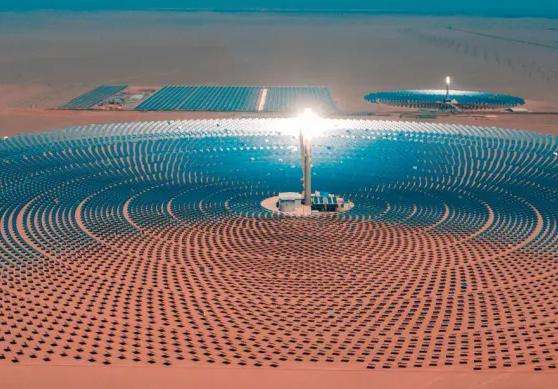The generator has three phases and four wires (three fires and one zero), and the distribution cabinet has three phases and five wires (three fires and one zero and one ground). After fire to fire and zero to zero, the). The ground wire of the distribution cabinet is directly connected to the ground wire.
If the distribution cabinet and the generator are very close, the distribution cabinet and the generator must share a common ground wire, that is, the generator shell, the shell of the distribution cabinet and the zero line of the generator (neutral). line) are all connected together, the ground wire of the distribution cabinet is drawn from the neutral line and the metal shell of the distribution cabinet. There is no need to go to the generator to get it.
If the electrical distribution cabinet is far from the generator, the electrical distribution cabinet must have an earthing body that complies with regulations and be connected to the t wirefrom the power distribution cabinet and to the metal shell of the power distribution cabinet.
380V/220V low voltage power distribution system can be divided into: IT system, TT system and TN system according to different forms of protective grounding.
The power neutral point of the computer system is isolated from ground or high impedance grounded, while the metal shell of the electrical equipment is directly grounded. That is to say: it used to be called the protective grounding of the three-phase three-wire power system.
The neutral point of the TT system power supply is directly grounded; the metal shell of the electrical equipment is also directly grounded and has nothing to do with the grounding of the neutral point of the power supply. That is, the protective grounding of the previous three-phase four-wire power system.
The TN system, in a three-phase four-wire 380/220 V low-voltage electrical network where the neutral point of the transformer or generator is directly grounded, connects the metal shell of the equipment electrical power that is not charged during normal operation via the public protection line Direct electrical connection to the neutral point of the power supply. That is, the protection of the old three-phase four-wire power system was connected to zero.
The neutral point of the TN system power supply is directly grounded and has an exiting neutral wire. According to its protection line form, the TN system is divided into three types: TN-C system, TN-S system and TN-C-S system.
(1) TN-C system (three-phase four-wire system), the neutral line (N) and protection line (PE) of this system are integrated, and this line is also called protected neutral Line line (PEN). Its advantageis that it saves a wire, but its disadvantage is that when the three-phase load is unbalanced or the protective neutral line is disconnected, the metal shell of all electrical equipment will be charged with dangerous voltage.
(2) The TN-S system is a three-phase, five-wire system. The N line and PE line of this system are separated and the five-wire power supply is used from the transformer. . Its advantage is that no current flows through the PE line under normal circumstances, so it will not cause electromagnetic interference to other equipment connected to the PE line. In addition, since the N line is separated from the PE line, disconnecting the N line will not affect the protective effect of the PE line.
③TN-C-S system (three-phase four-wire and three-phase five-wire hybrid system), this system is a four-wire system from the transformer to the utility distribution boxizer, and the neutral wire and protective earth wire are integrated; The neutral wire and protective earth wire from the distribution box to the user are separated, so it has the characteristics of TN-C system and TN-S system. It is often used in poor environments. at the end of the distribution system or electromagnetic interference requirements in more stringent locations.














